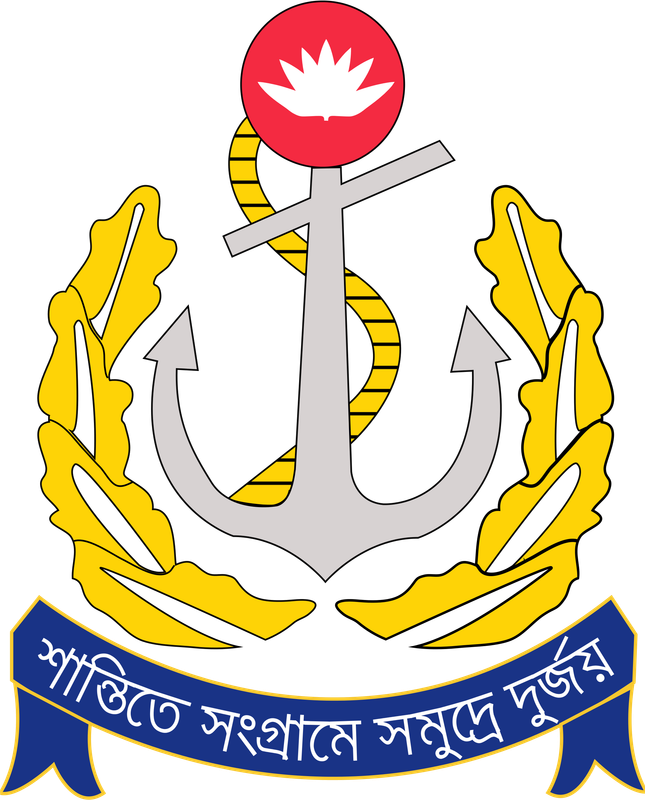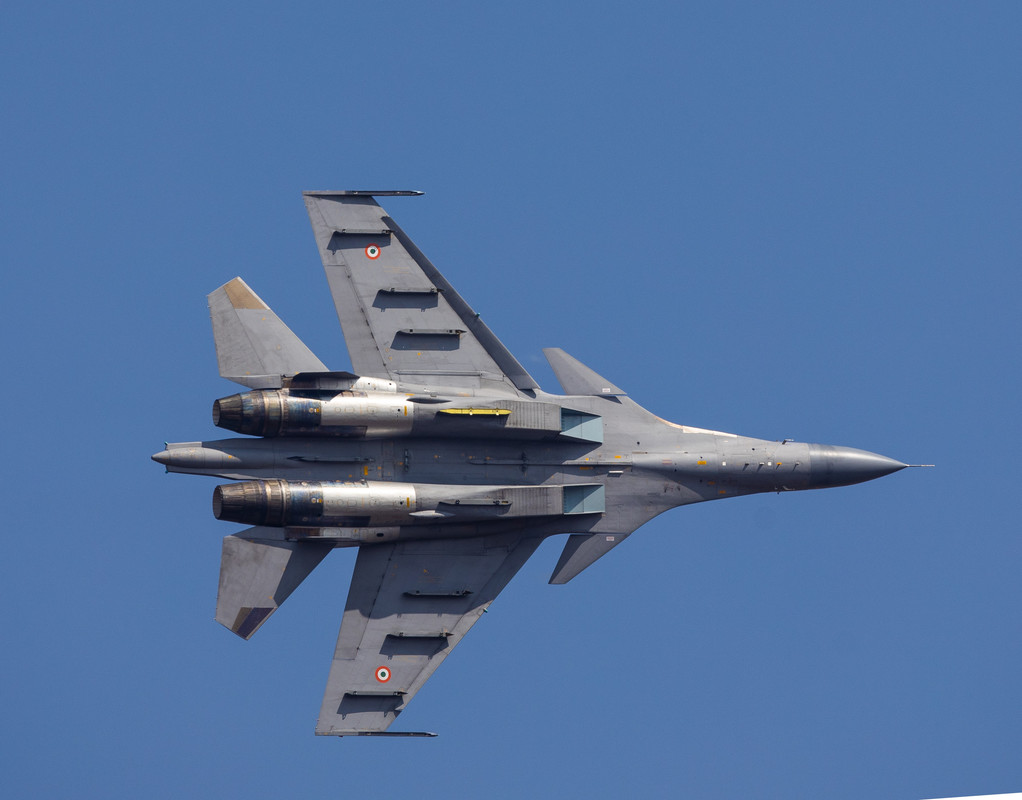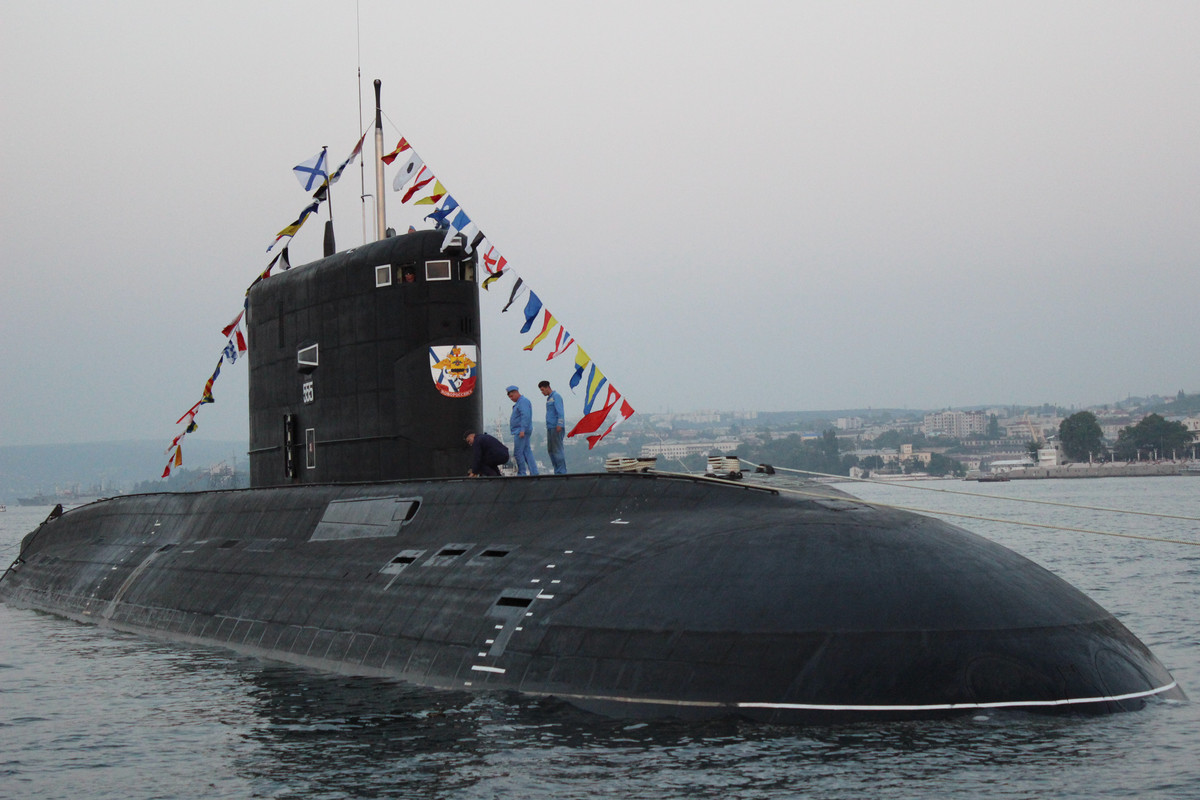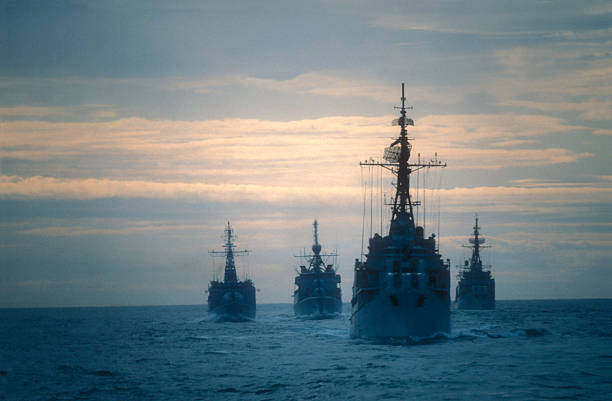
Banglaedsh Navy




About Bangladesh Navy
The Bangladesh Navy (Bengali: বাংলাদেশ নৌবাহিনী, romanized: Bangladesh Nou Bahini) is the naval warfare branch of the Bangladesh Armed Forces, responsible for Bangladesh's 118,813 square kilometres (45,874 sq mi) of maritime territorial area, and the defence of important harbours, military bases and economic zones.The primary role of the Bangladesh Navy is to protect the country's economic and military interests at home and abroad. The Bangladesh navy is also a front line disaster management force in Bangladesh, and participates in humanitarian missions abroad. It is a key regional player in counter terrorism efforts, and engages in global peacekeeping with the United Nations.
History
Origines
The Bangladesh Navy was created as part of Bangladesh Forces during Bangladesh's 1971 liberation war against Pakistan. Its official creation date is July 1971 during the Bangladesh Sector Commanders Conference 1971. In 1971, with West Pakistan imposing a brutal military crackdown in East Pakistan, the Bangladesh Liberation War was already underway. Many Bengali sailors and officers in the Pakistan Navy defected to form the nascent Bangladesh Navy. Initially, there were two ships, PADMA and PALASH, and 45 navy personnel. On 9 November 1971, the first naval fleet, consisting of six small patrol vessels, was inaugurated.These ships tried to carry out raids on the Pakistani fleet, but were mistakenly hit and sunk by the Indian Air Force on 10 December 1971. The next major attack was launched on Mongla seaport. According to official figures from the Bangladesh Navy, a total of 334 sailors were involved with the newly created navy, with 22 being killed in action.
Independence to the end of the 20th century
The navy carried out around 45 operations during the war: traditional naval operations and unconventional commando operations including guerrilla warfare. In the first leg of the war, defecting Bengali sailors joined the guerrilla forces. It was the eight sailors who defected from the Pakistan Navy submarine PNS Mangro, under construction in France, that pioneered the formation of the naval element during the Liberation War. Later many other naval personnel participated. During the Liberation War, East Pakistan was divided into 11 sectors. Each sector had a Commander and a demarcated area of responsibility except sector 10. Sector 10 was nominally responsible for the coastal belt but actually operated over the entire country. In 1971, it was imperative for the occupation force to keep ports and harbours operative and the sea lines of communication open. The Bangladesh Navy fought to block the sea lines of communication, and to make the sea and river ports inoperative. They attacked all the seaports including many river ports. Operation Jackpot is one of the best known and most successful operations. They carried out mining in the Pasur River Channel by patrol craft. With other fighters they also carried out attacks against the Pakistan Army. As a result, Bangladesh became an independent state within the shortest possible time. After independence, especially in the 1970s, additional naval infrastructure was required. Two ex-Royal Navy frigates joined the Bangladesh Navy as BNS Umar Farooq and BNS Ali Haider in 1976 and 1978 respectively. In 1982 a third ex-Royal Navy frigate joined the BN as BNS Abu Bakr. The acquisition of these three frigates is considered the principal foundation of the Bangladesh Navy.
21st century
In 2011, the Bangladesh Navy's rescue and medical team, along with the Bangladesh Army, was deployed to Japan after the Tōhoku earthquake and tsunami.The Bangladesh Navy has been an active disaster recovery force abroad. In 2013, the navy deployed BNS Somudra Joy carrying humanitarian assistance worth $1 million. The Bangladesh Navy's medical team was also deployed to the Philippines. The Bangladesh Navy joined in the search operation for missing Malaysia Airlines Flight 370 with BNS Bangabandhu, BNS Umar Faruq and a Dornier 228NG MPA in March 2014. The aircraft was a Boeing 777-200ER which had gone missing with 12 Malaysian crew members and 227 passengers from 14 nations during the flight from Malaysia to China. Later, BNS Umar Farooq was replaced by BNS Somudra Joy. The search was renewed in May 2014 when an Australian exploration company claimed to have traced aircraft debris in the Bay of Bengal.In 2014, during the Water Crisis in Maldives, the Bangladesh Navy was the first to launch humanitarian aid relief by deploying BNS Somudra Joy with 100 tonnes of bottled water.
Forces Goal 2030
In 2009, the Bangladesh government adopted a long-term modernisation plan for its armed forces called Forces Goal 2030. As of 2013, about a third of the military hardware procured under the plan has been for the navy. It procured two refurbished Type 053H2 (Jianghu III) frigates from China in 2014.Two United States Coast Guard High Endurance Cutters joined the BN in 2013and 2015 which are being used as patrol frigates. Navy also bought an ex-Royal Navy Roebuck-class survey vessel and two ex-Royal Navy Castle-class offshore patrol vessels (OPVs) which were converted to guided missile corvettes in 2011.Two Type 056 corvettes joined the BN in 2016 while two more were ordered in July 2015 and they are awaiting commissioning. Two Durjoy-class large patrol craft (LPCs) were built in China and joined the BN in 2013. Two more ships of the same class with dedicated ASW capabilities were commissioned in 2017.Five Padma-class patrol vessels have been commissioned into the navy in 2013. Besides, multiple indigenous built LCUs and LCTs have been added to the navy. A new chapter in maritime capability smart Bangladesh in 2041 The Bangladesh Navy opened its aviation wing on 14 July 2011 with the induction of two AgustaWestland AW109 helicopters. Later on, two Dornier 228NG MPA were introduced in 2013. To attain underwater operational capabilities, the Bangladesh Navy inducted two off-the-shelf Type 035G (Ming class) submarines from China on 12 March 2017. Bangladesh Navy, with its growing fleet comprising more than 100 small and large ships across different classes, is successfully producing cost-effective world-class warships within its borders. The naval force of Bangladesh is continually strengthening its maritime capabilities through expansion efforts. A new base for the Bangladesh Navy, named BNS Sher-e-Bangla, is being constructed at Rabanabad in Patuakhali. It will be the largest naval base of the Bangladesh Navy with submarine berthing and aviation facilities. A full-fledged South Asian largest submarine base, named BNS Sheikh Hasina, was commissioned 19 March 2023 at Pekua in Cox's Bazar. A full-fledged naval base, named BNS Sheikh Mujib, has been commissioned in Khilkhet, Dhaka. Dhaka naval area.

